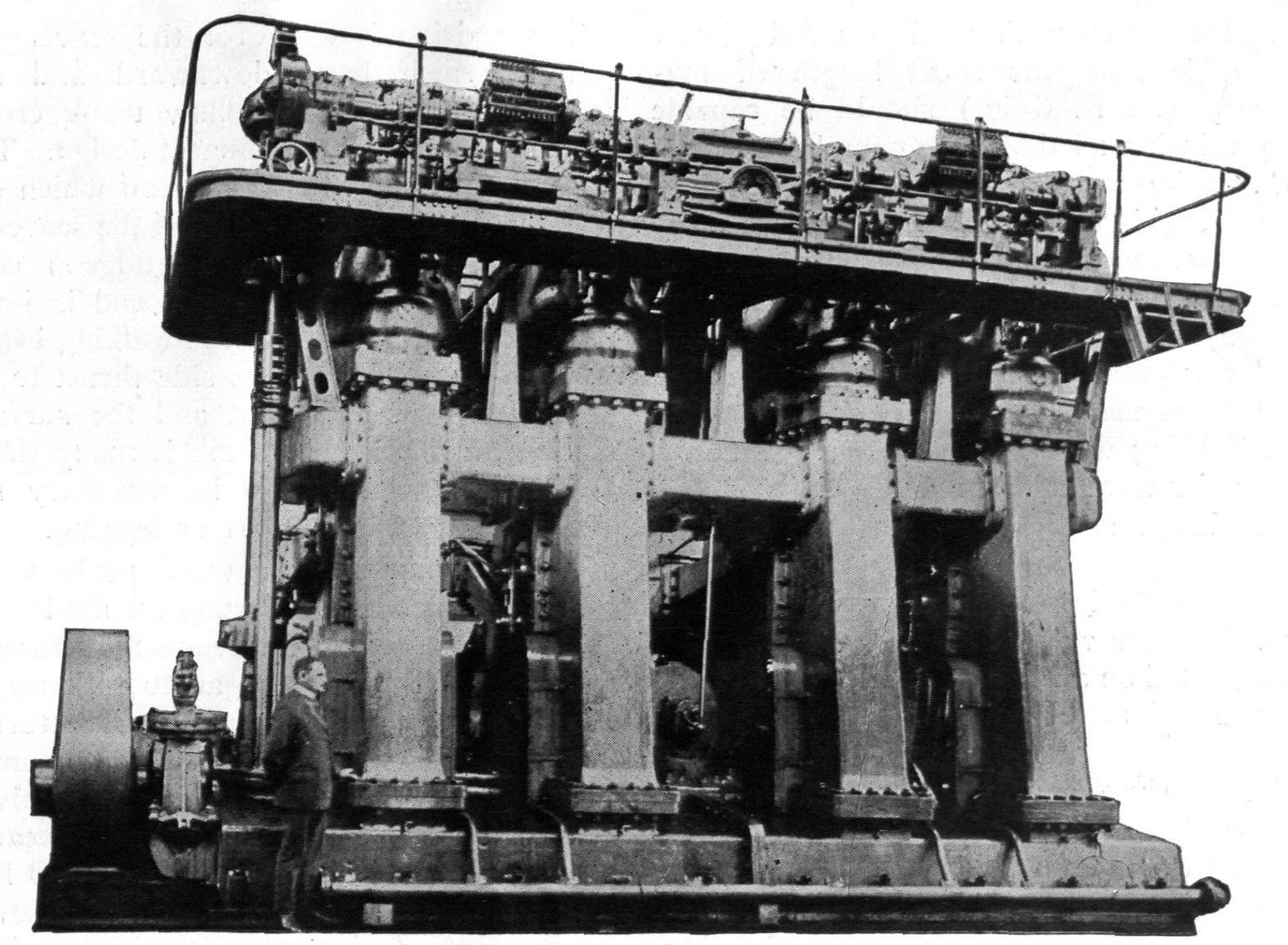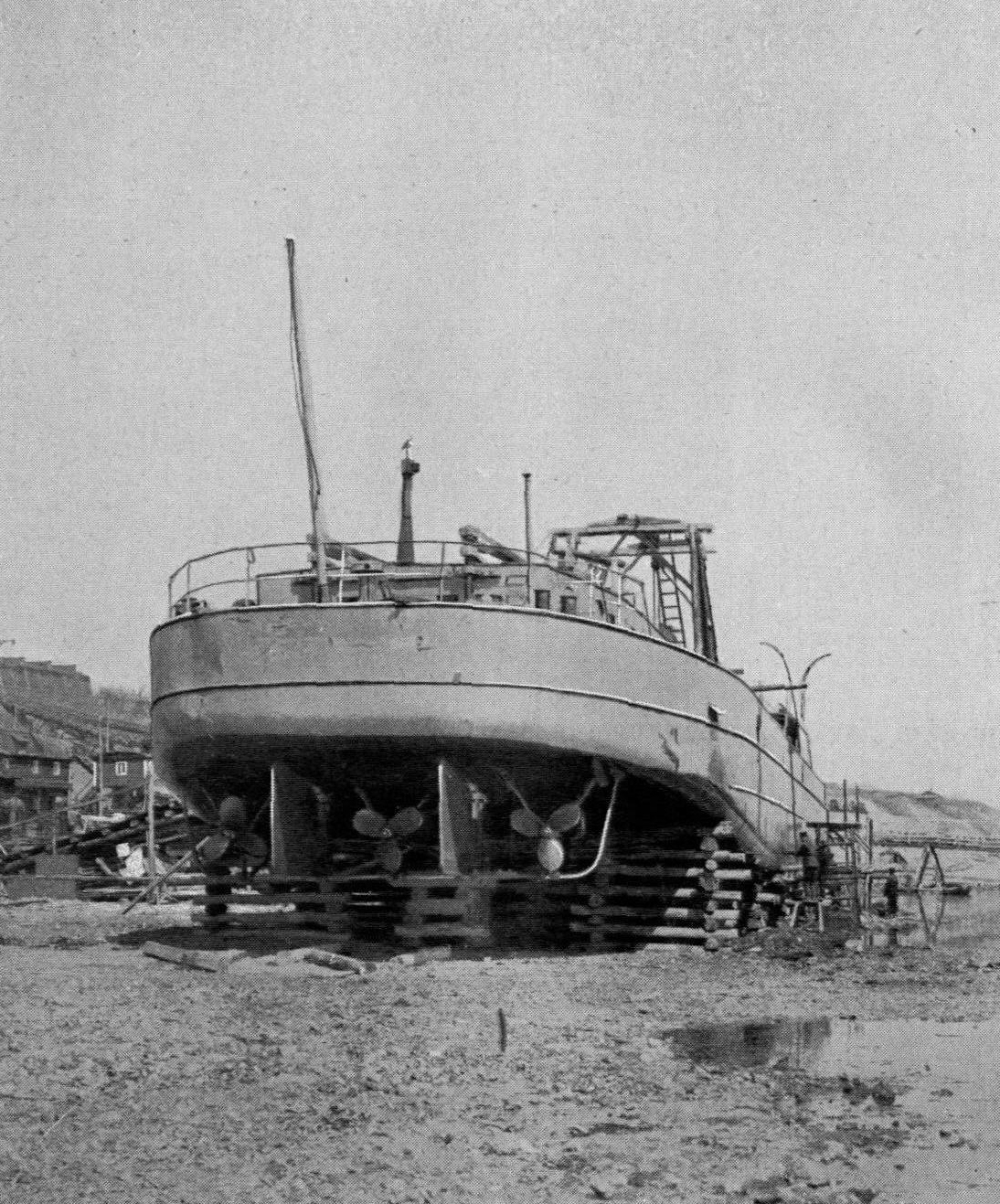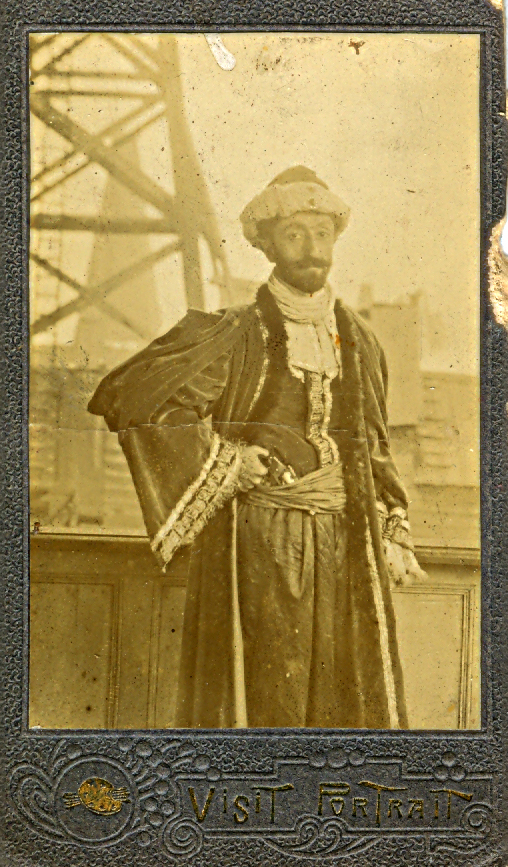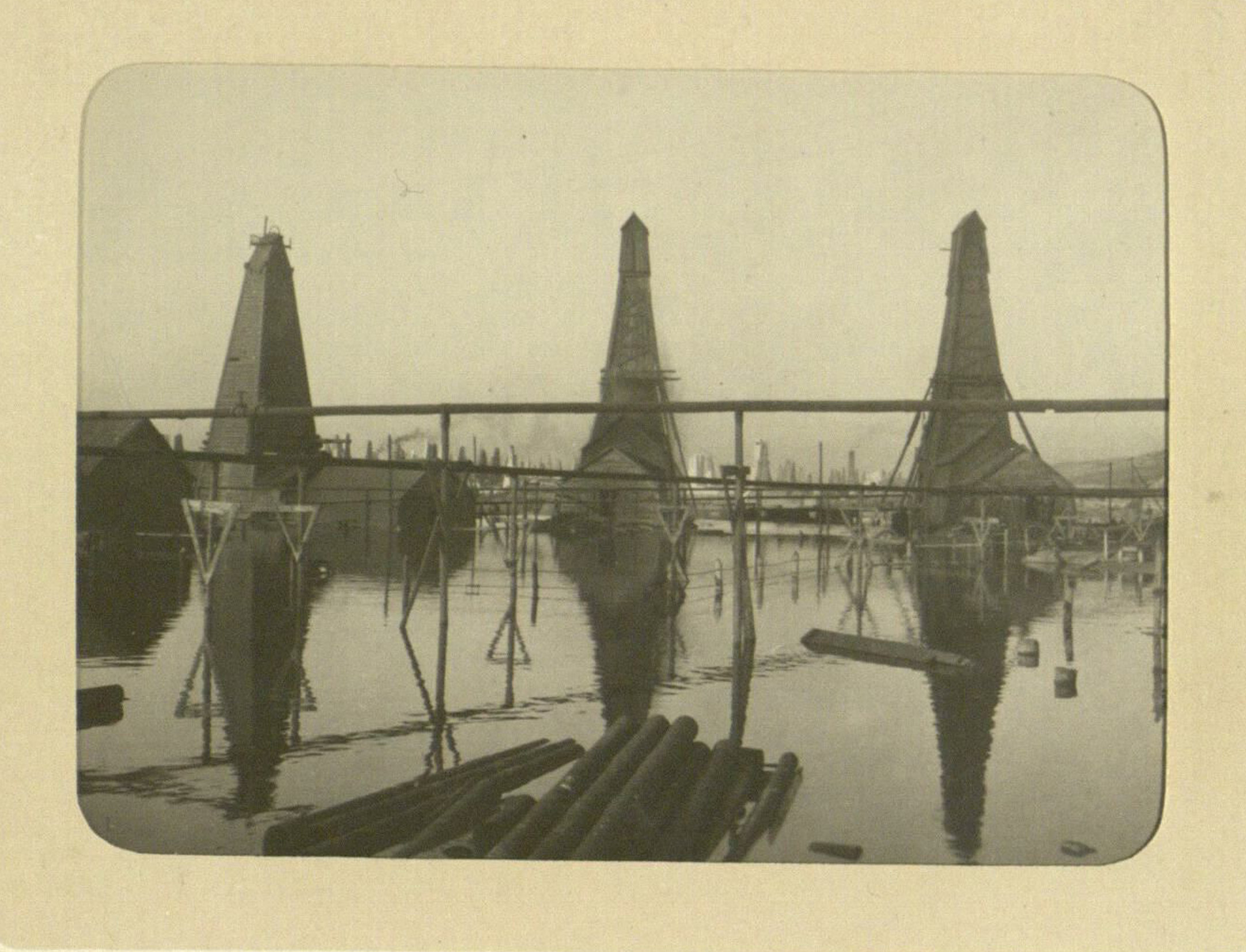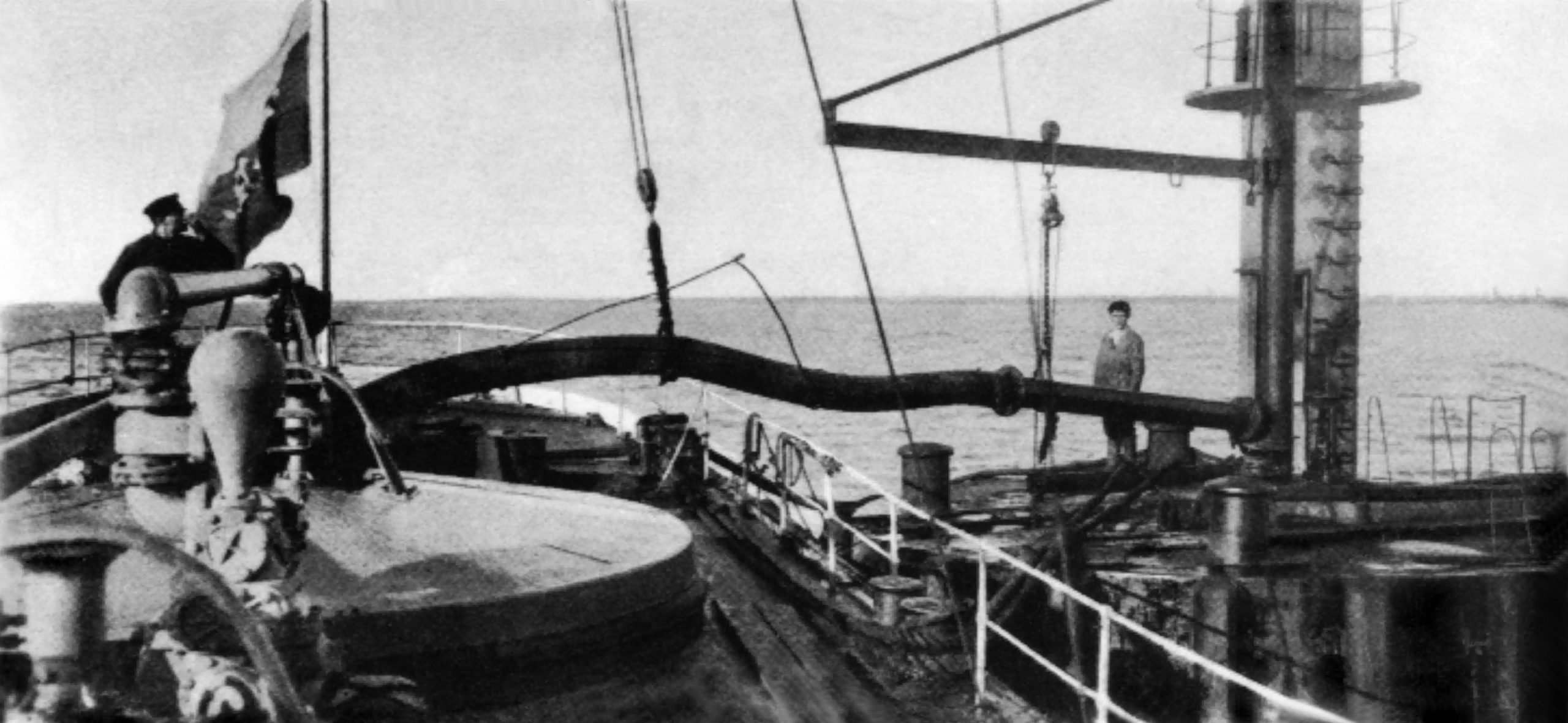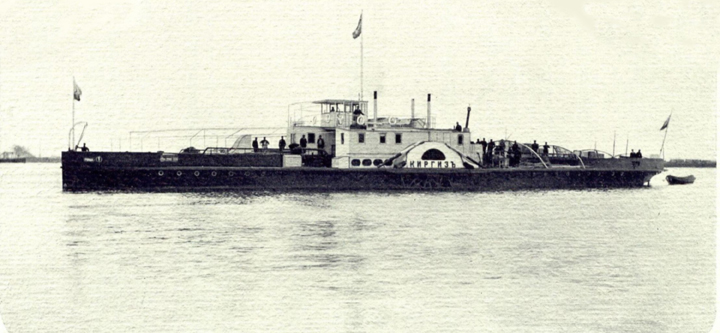
Branobel had well-developed systems thinking from the beginning. Production and distribution were managed as a whole. This made it possible to identify and resolve bottlenecks with the help of new technology. The first tanker and the railway transport with its own tank wagons across the whole Russian Empire are important examples.
Developing the Diesel engine
Visiting German engineering exhibitions, a Swedish employee of the Nobel Company in Russia, Anton Carlsund, saw an early version of the engine that Rudolf Diesel had invented. Via Carlsund, Nobel owned companies in Russia and Sweden took an active part in refining the diesel engine into a practically functioning power source.
M/s Vandal – a historical ship
The running of ships by steam engines was expensive. If it were possible to use diesel engines, a shipping company could save about 60, possibly 80 per cent. However, a diesel engine was heavy and a ship must be able to manoeuver: to stop, reverse and immediately start again. Wilhelm Hagelin got support from Emanuel Nobel, advising that they should try it.
The diesel engine – a leap forward in fuel economy
The methods to produce mechanical power were rapidly developed in the late 19th century. The steam engine had dominated the market, but different types of combustion engines were now made available as stationary or mobile power sources. One of the developers was the German engineer Rudolf Diesel.
A new generation of engineers: Samson Mepisashvili
When a young Georgian engineer by the name of Sampson Mepisashvili moved from Tiblisi to Baku in 1910, the petroleum boom in the Transcaucasian region was at its peak.
Nobel’s inventions led to oil business boom
Finding efficient ways of transporting the oil was crucial and the Nobel brothers were constructing ocean-going tankers early on. They were also the first to introduce pipelines, and, concerned with the great waste of oil, they invented the notion of oil storage above the ground.
Knowledge of oil management is obtained from the USA
In 1877, the brothers Ludvig, Robert and Alfred Nobel make plans for the new oil company, Branobel. All new knowledge of oil management is in the USA and the brothers send the Swedish engineer, Alfred Törnqvist, to Oil City in Virginia to learn about refining, storing and distributing oil.
How the diesel engine comes into being
In 1897, the young Swedish engineer, Anton Carlsund travels to Germany. He is employed by the Ludvig Nobel Engineering Works and is to take part in the annual meeting of German engineers. Here, he meets Rudolf Diesel and is fascinated by his invention. Back in St Petersburg, it also arouses the interest of Emanuel Nobel.

